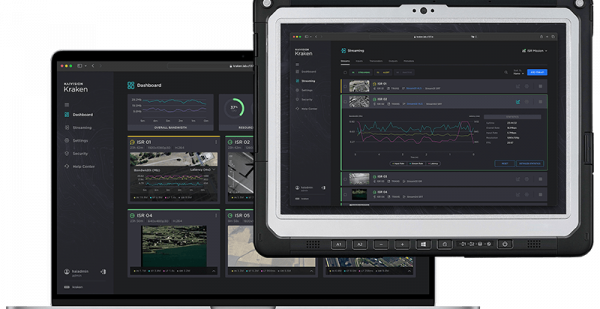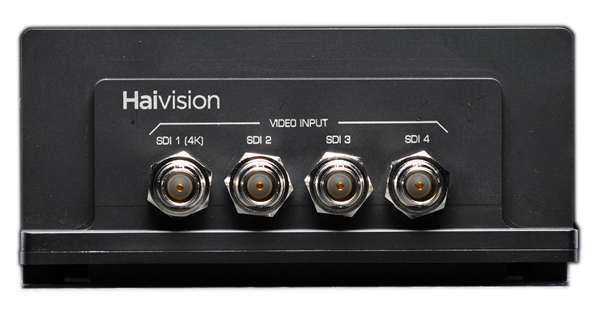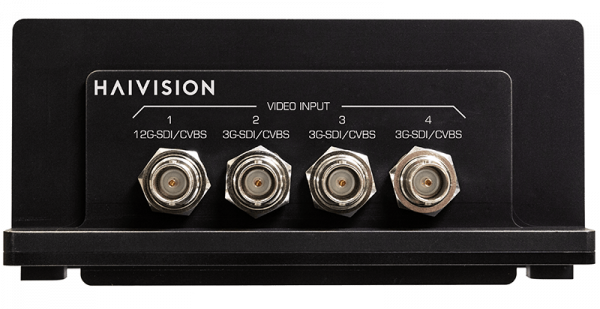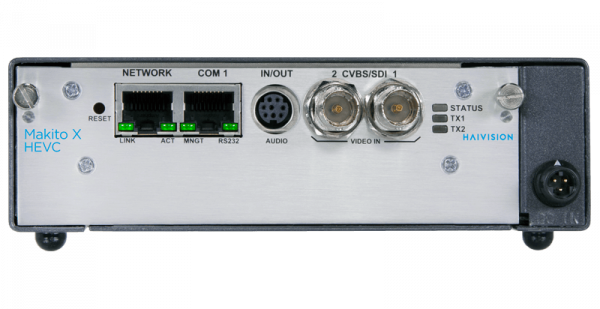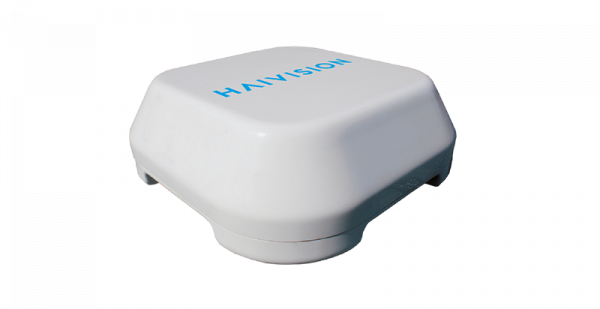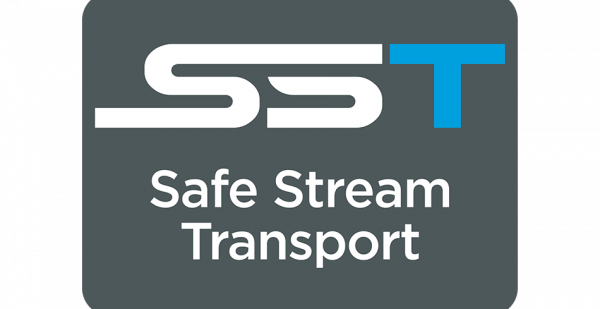Whether it be for sports or news coverage, the demand for high quality live content is skyrocketing. Broadcasters are faced with the challenge of keeping up with this demand without the luxury of increasing their resources. Increasingly, broadcasters are turning to remote “at-home” production (also known as REMI for REMote Integration) for the opportunity it affords them to produce more content and improve efficiencies. Heralded as the next big thing in broadcast for a few years, the benefits of remote production are finally being realized thanks to the latest technologies.
Doing More With Less
In simple terms, by using a remote production model, broadcasters are able to cover more events at substantially less cost. Remote production is enabled by connecting multiple live video feeds from any venue back to a central production facility where the production team can stay “at-home,” eliminating the costs and complex logistics needed to deploy OB trucks full of equipment and production teams in the field. At the same time, remote production also allows broadcasters to ensure optimal use of their resources to produce more high quality content. For example, a replay operator on-site at a sporting event might be only utilized for 3 hours during a 4 day period. If the replay operator is at-home, however, they could be running replays around the world, all the time.
Enabling Seamless Remote Production
It’s clear that the efficiencies to be gained by using a remote production model are dramatic. New technologies for remote production workflows over the internet are addressing key challenges including latency, secure and reliable transport of video signals and stream synchronization. Haivison’s portfolio of next gen video solutions supports ultra low latency required for interactive live broadcasts and enable broadcast engineers and producers to capture multiple live video and audio streams from a remote venue and keep it all in sync for immediate use. With video solutions that include native support for the Secure Reliable Transport (SRT) open source video transport protocol that Haivision pioneered, the risks of packet loss, jitter and bandwidth fluctuations are also mitigated, ensuring the delivery of flawless, pristine quality video, even over unreliable or unpredictable networks.
The Next Step: Remote Production in the Cloud
At Haivision, we believe if remote production is the first step to creating efficiencies, then the second step is executing on the vision of cloud-based production. This is why our latest innovation, Haivision Hub, our cloud connectivity and routing platform, will see its public preview launch at IBC this year. A facilitator to further production efficiencies, Haivision Hub replaces satellite by harnessing the power of the cloud and removing the effects of distance while supporting multi-vendor production. Broadcast production requires solutions from multiple vendors to cover the entire broadcast workflow. Haivision Hub provides the critical “glue” between vendors to execute on live and file-based multi-vendor workflows, making it easier and faster than ever before for broadcasters to bring content in from the field and get it to air quickly.
Seeing is Believing
To learn more about Haivision Hub or to discover why Haivision customer Riot Games has been shortlisted for an IBC2019 Innovation Award for building and deploying a scalable and flexible REMI workflow to support their major tournaments around the world, book a meeting with one of our broadcast experts at IBC.
Editor’s note: This article was originally published on ibc.org.








